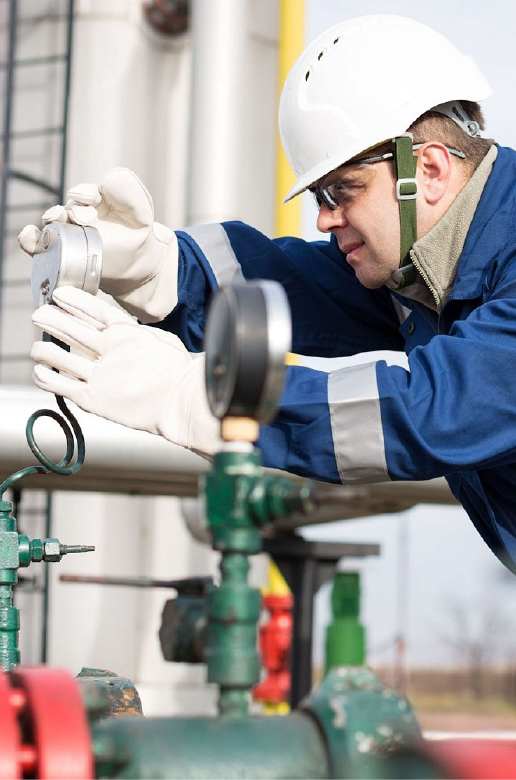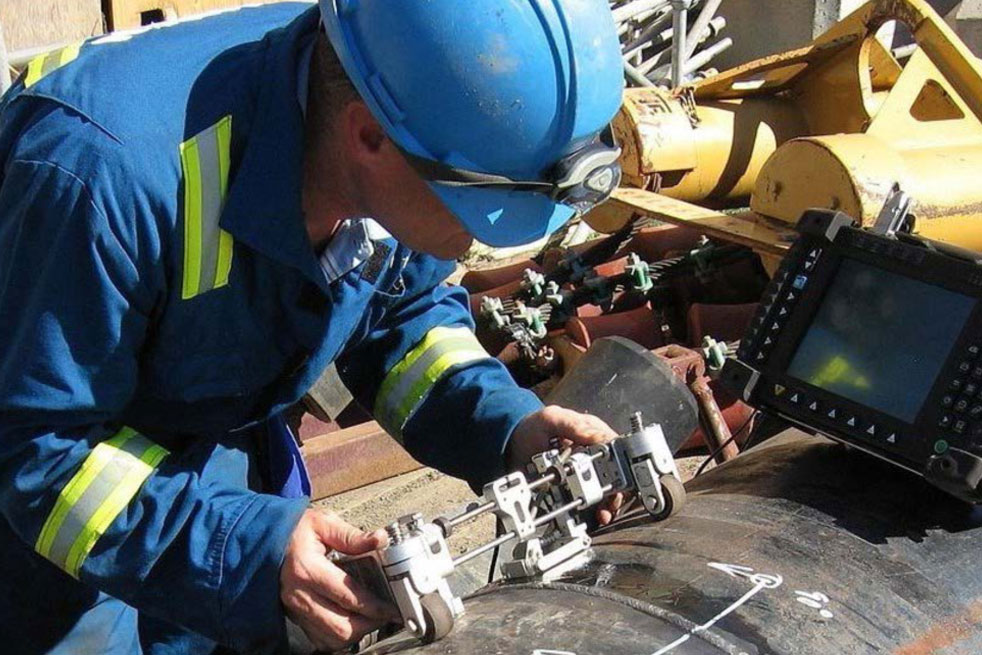
Let's Talk
Interested in learning more about what Barracuda has to offer? Please contact us at 985-262-4776 or complete the form below to send us an email.
SERVICES
Inspection Services
At Barracuda Specialty Service LLC, our inspection and condition monitoring services encompasses a wide range of techniques and methodologies utilizing traditional and specialized methods.

NDE an acronym more recently identified as Non-Destructive Evaluation (NDE) and defined as "A process that does not result in any damage or change to the material or part under examination and through which the presence of conditions or discontinuities can be detected or measured, then evaluated."
The terms Nondestructive examination (NDE), Nondestructive inspection (NDI), and Nondestructive testing (NDT) are also commonly used to describe this technology.


Nondestructive Testing (NDT)
Nondestructive tests may also be conducted to measure other test object characteristics, such as size; dimension, configuration, or structure, including alloy content, hardness, grain size, etc.

Because NDT does not permanently alter the article being inspected, it is a highly valuable technique that can save both money and time in product evaluation, troubleshooting, and research.
Common Non-destructive testing methods include:
While these traditional inspection methods are widely known and provide value to plant operators and fabricators many have begun condition based inspection programs aimed at bolstering their mechanical integrity and preventive maintenance programs.

Specialized methods such as Phased Array, TOFD, Digital Radiography etc. can provide the comprehensive examination necessary to manage these programs.
Non-destructive testing is used in a variety of settings that covers a wide range of industrial activity, with new NDT methods and applications, being continuously developed.
Non-destructive testing methods are routinely applied in industries where a failure of a component would cause significant hazard or economic loss, such as in transportation, pressure vessels, building structures, piping, and hoisting equipment.





